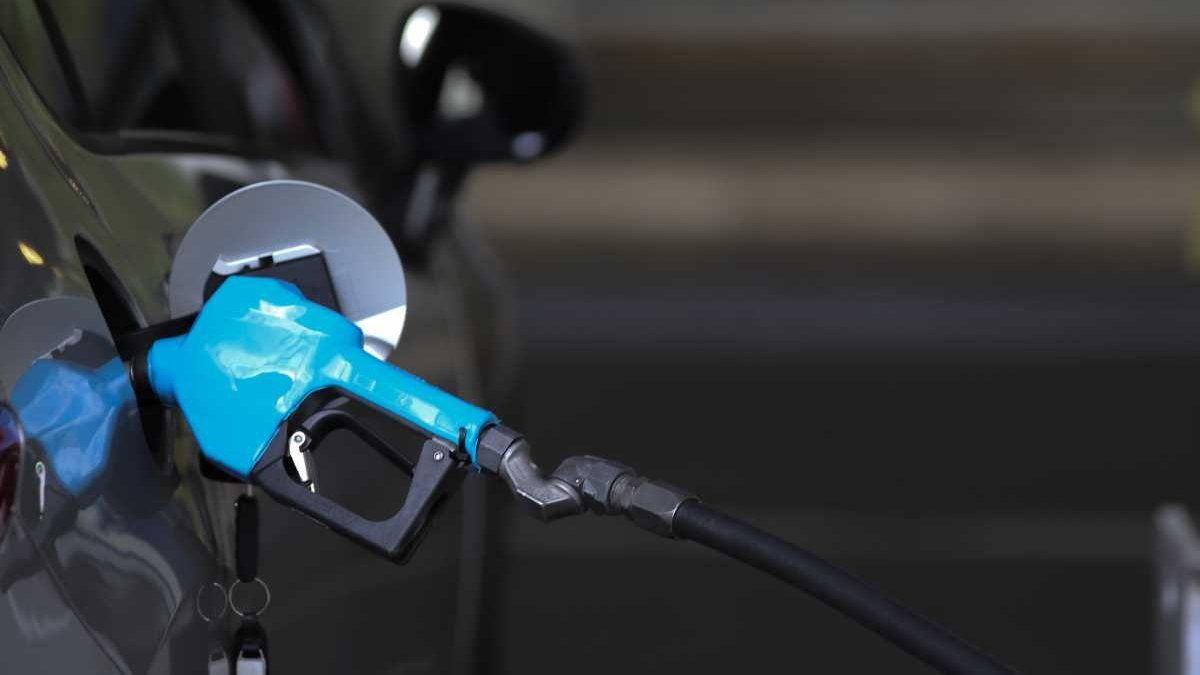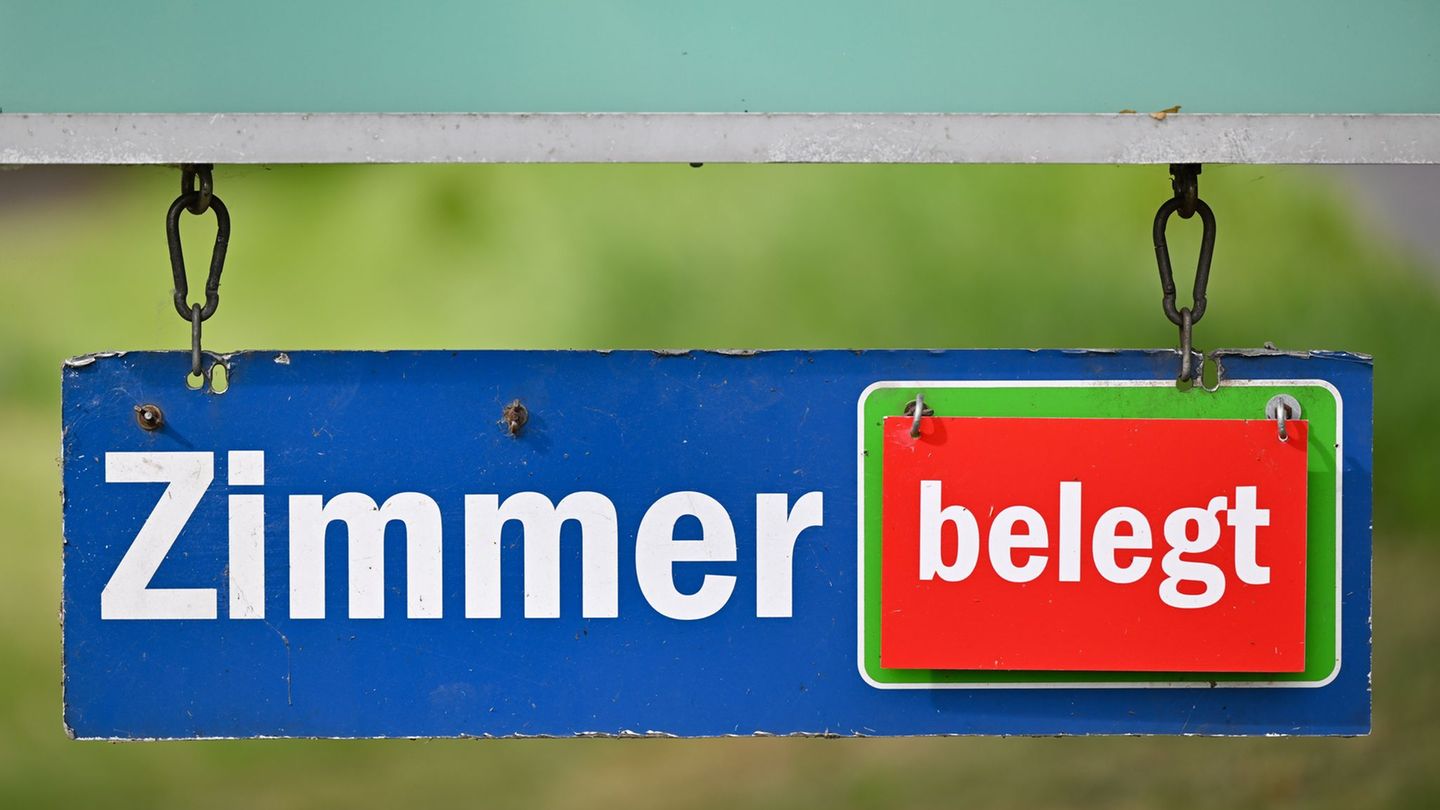The “Diesel Supply Map”, a kind of virtual traffic light that FADEEAC technicians update daily, no longer shows any province in green as it had happened between June 15 and 25, when only Tierra del Fuego was in that state.
The entity’s specialists survey the responses of truck drivers and owners from some of the 4,500 SMEs that make up the 44 Transport Chambers enrolled in the Federation.
https://twitter.com/FADEEAC/status/1544749147579990018
Freight carriers reported problems of varying magnitude to access fuel in the 24 districts of Argentina. It is the first time that green completely disappears from the “Diesel supply map”. pic.twitter.com/QVjBlUyU3w
— FADEEAC (@FADEEAC) July 6, 2022
“We hope this was the most difficult map in the series. According to what they informed us, both large and small oil producers are already delivering product to oil companies to increase the cut with biodiesel. That and the end of planting and harvesting in the field would begin to bring some relief to the carriers when looking for fuel,” he reported. Roberto Guarneripresident of FADEEAC.
Guarnieri insisted, however, that “The prolongation of this scenario of scarcity and the delay in dispatching imported diesel despite official announcements, speeds up price increases.”
“From the cargo transport sector we have warned about the issue and we want to collaborate to moderate the adverse effects derived from not administering policies in a timely manner. For this reason, we reiterate, it is urgent and necessary to set up working groups made up of representatives of the public and private sectors,” he said.
How is the situation of diesel in the country
- Eleven districts in red (identifies areas with a high impact of shortages in which there is very little or no supply, and greater delay in fuel loading. In some cases more than 12 hours): Buenos Aires, Entre Ríos, Corrientes, Misiones, Santa Fe, Córdoba, Tucumán, Jujuy, Formosa, Mendoza and La Rioja.
- A province in intense orange (the average supply is between 21 and 50 liters per unit, substantial delays in waiting times and cost overruns): San Luis.
- New provinces in orange (the average supply is between 51 and 100 liters per unit; substantial waiting times and cost overruns): Río Negro, Neuquén, La Pampa, San Juan, Catamarca, Santiago del Estero, Salta, Chaco and CABA.
- Three provinces in yellow (districts in which the average supply is lower than normal and slight delays are recorded for loading are identified): Chubut, Santa Cruz and Tierra del Fuego.
Source: Ambito
David William is a talented author who has made a name for himself in the world of writing. He is a professional author who writes on a wide range of topics, from general interest to opinion news. David is currently working as a writer at 24 hours worlds where he brings his unique perspective and in-depth research to his articles, making them both informative and engaging.




